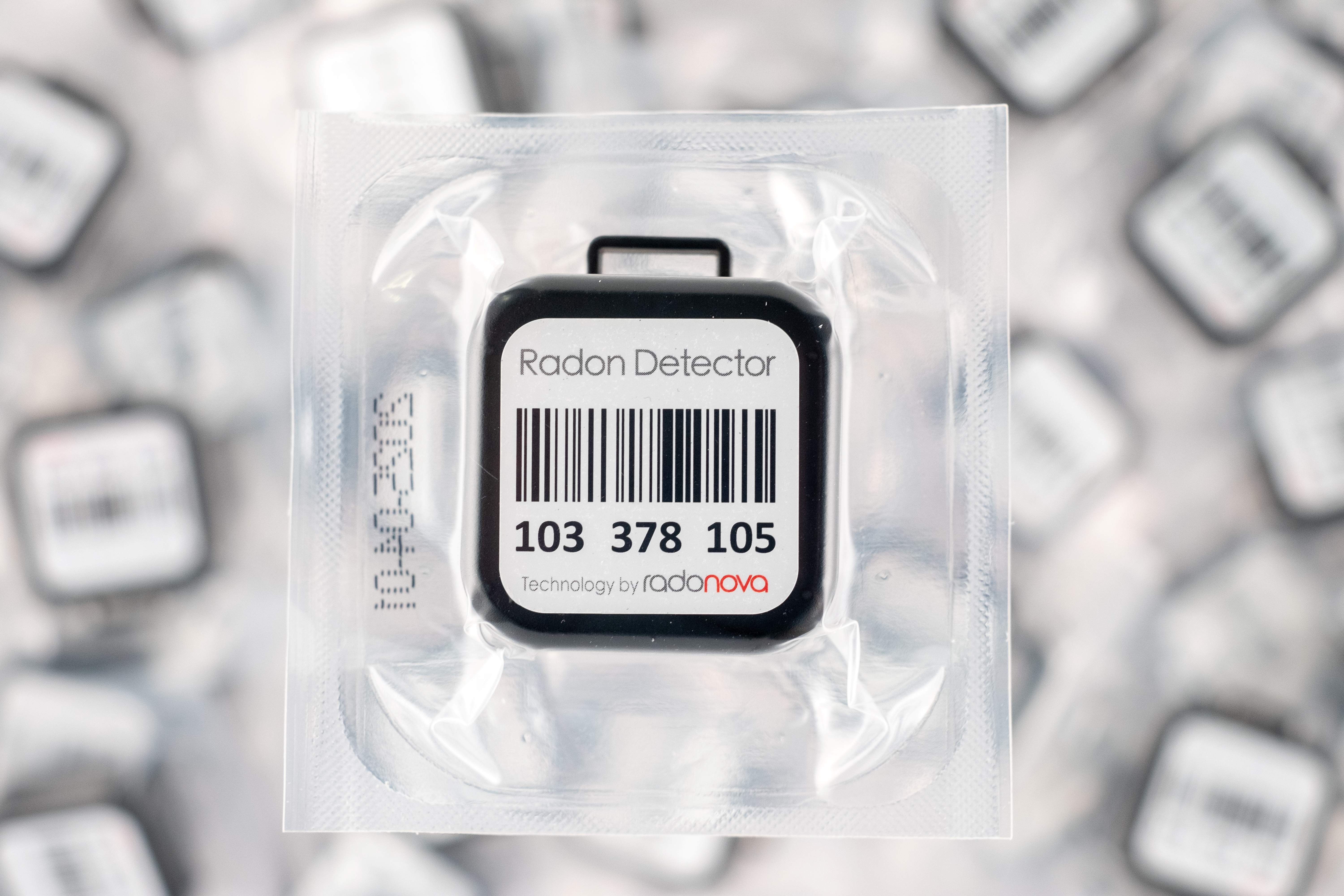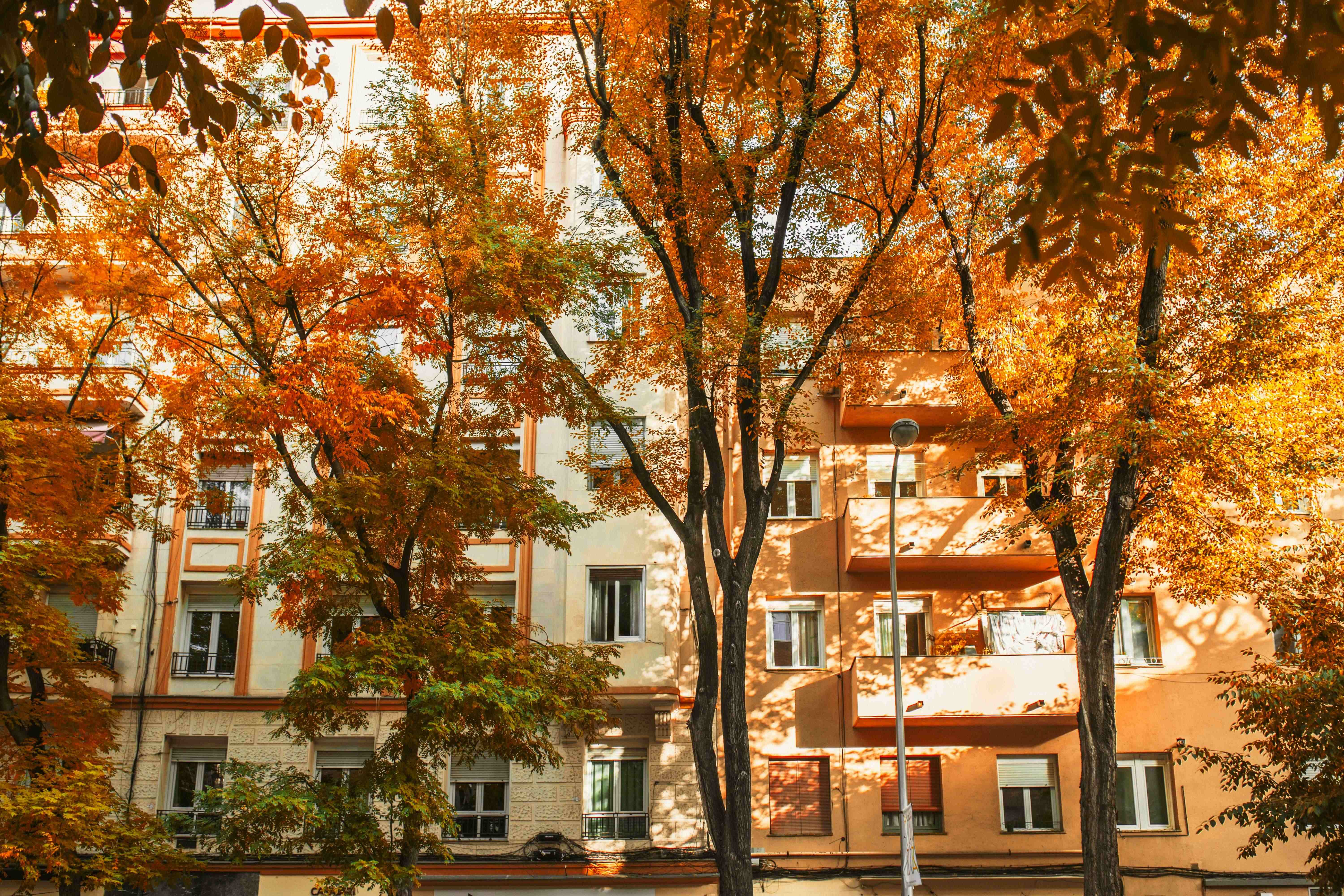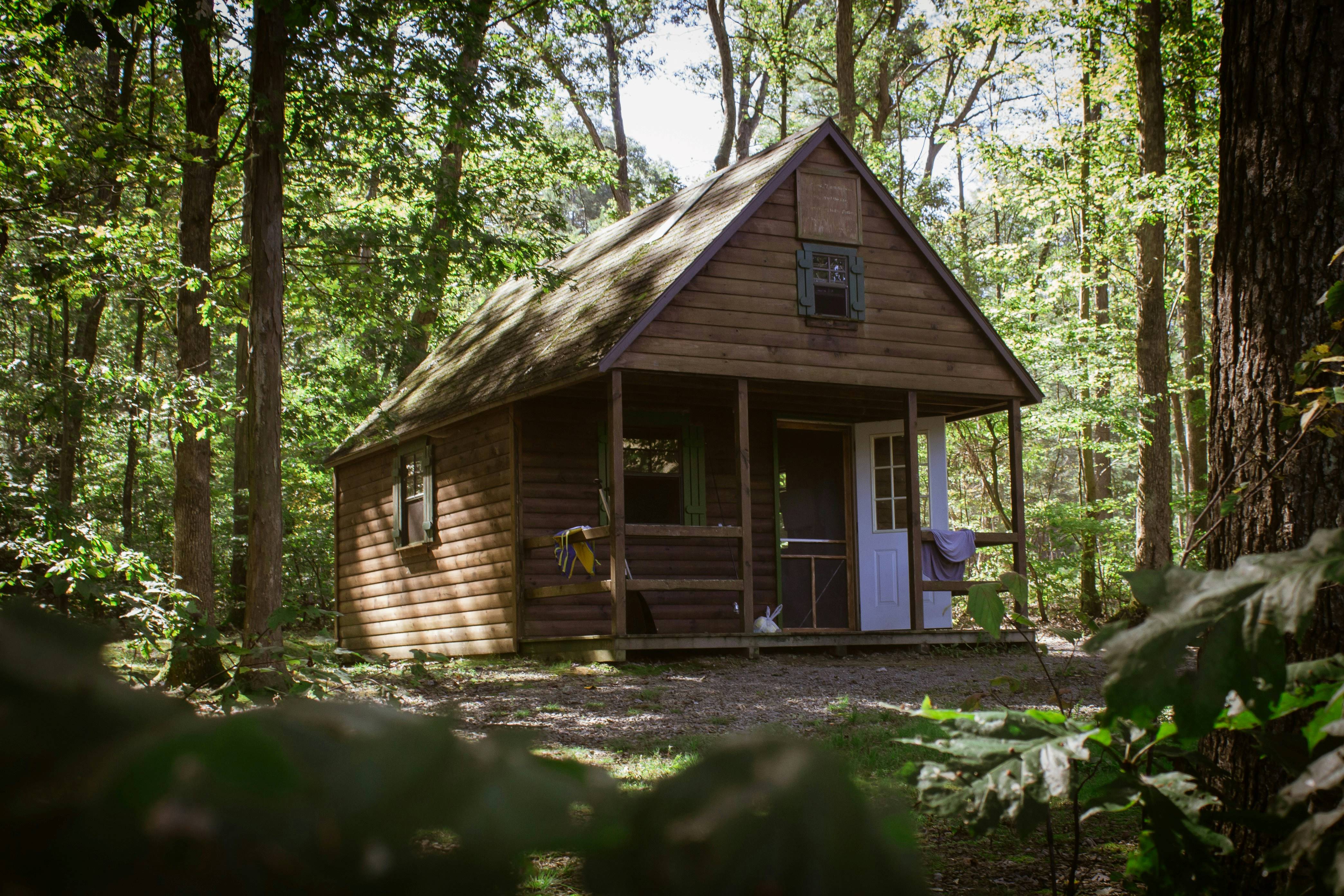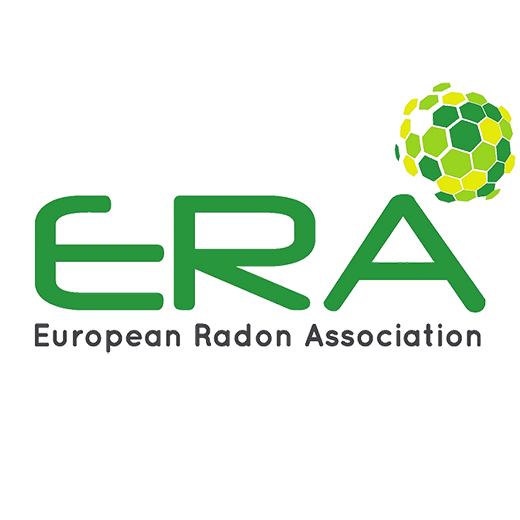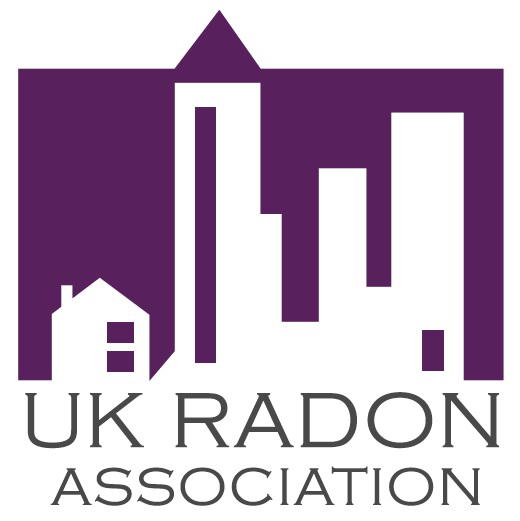An increasing number of people want to know the true level of radon in their homes or workplaces. But which method provides the most reliable result — short-term or long-term measurement? Radonova explains the differences and why long-term measurement is generally the best choice.
With a few exceptions, radiation safety authorities around the world recommend long-term radon measurement as the best way to assess the health risks from indoor radon exposure. The purpose of long-term measurement is to determine the annual average radon concentration in the spaces where people spend time. This is also how most reference and guideline values are defined, as annual averages.
Depending on the country, there are different approaches to achieving this. In some places, measurements are carried out over a full 12 months to determine an annual average. In others, a shorter period of 2–3 months during the colder part of the year, when radon levels are typically highest, is accepted. Regardless of duration, the goal of long-term measurement is always to produce a value that represents the annual average.
“Radon exposure over several years can lead to lung cancer. That’s why the annual average is so important, it provides a much more accurate picture of the long-term risk than a short-term measurement lasting only a few days. Radon levels can vary significantly with season and weather. The only way to get a reliable and representative result is to measure over a sufficiently long period,” says Karl Nilsson, CEO of Radonova Laboratories.
Long-Term Measurement Provides an Annual Average
During a long-term measurement, radon detectors are placed in a home or workplace for a period of 2 to 12 months, depending on local regulations. The result represents the annual average radon concentration, the key value used by authorities for risk assessment and mitigation decisions.
Because radon levels can fluctuate greatly over time, long-term measurement provides a much more stable and reliable result than short-term testing.
Key advantages of long-term measurement:
- Provides an annual average according to local radiation authority guidelines
- Less affected by short-term variations in weather or ventilation
- Accepted for inspections, property sales, and mitigation decisions
- Easier to compare with reference or limit values, which typically range from 200 to 300 Bq/m³, depending on the country
How Long-Term Radon Measurement Works
- Order radon detectors from an accredited laboratory, such as Radonova.
- Place the detectors in the most frequently used rooms, at least 0.5 meters from walls and 1 meter above the floor.
- Leave them in place for the recommended measurement period (varies by country).
- Return the detectors for analysis. The results, presented in becquerels per cubic meter (Bq/m³), indicate whether any action is required.
Short-Term Measurement – When Time Is Limited
A short-term measurement (typically 7–10 days) can be useful when quick results are needed, such as during a property transaction or as an initial indication inside or outside the main measurement season. Short-term measurements can also be used to follow up after mitigation work.
However, it’s important to remember that short-term testing only provides a snapshot. Because radon levels can fluctuate significantly even within short periods, these results cannot be used to determine an annual average.
Growing Interest in Long-Term Measurements
Radonova has seen a clear increase in demand for long-term measurements. More homeowners and employers want results that comply with official guidelines and reflect true annual averages.
“We see growing awareness, more people want to do the measurement properly from the start. Short-term tests have their place, but for a reliable and valid assessment, long-term measurement is the natural choice,” concludes Karl Nilsson.
How Radon Affects Health
Radon is a naturally occurring radioactive gas that seeps from the ground into buildings. When inhaled, radon decays into radioactive particles that can become trapped in the lungs and damage cells. Prolonged exposure to high radon levels increases the risk of lung cancer and is, after smoking, the second leading cause of lung cancer worldwide.


